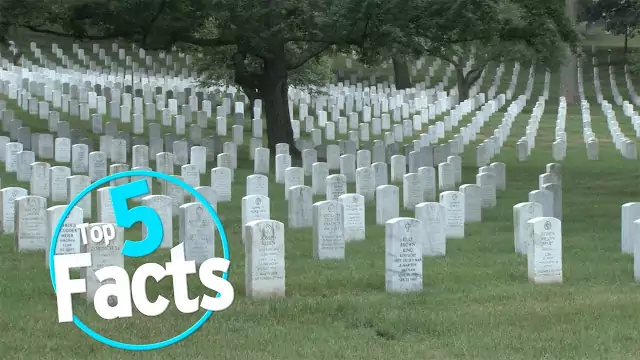When a person dies, the family generally arranges for a funeral home to collect the body and prepare it for burial or cremation. In Western societies, embalming is often done as a matter of course. The reason is to keep the body from decomposing and make it look presentable for family and friends who may wish to view it.
How is a Body Embalmed
In her book, The Dying Game, Melanie King describes how a funeral home sets about embalming a body. This type of embalming is designed to last a few days or weeks.
- The body is washed down with disinfectant.
- A tube is inserted into the carotid or femoral artery to pump embalming fluid throughout the body. A larger tube is placed in an accompanying vein to drain the blood that is flushed out
- An embalming machine pumps the fluid into the body and it takes about an hour to wash all the blood out.
- The undertaker may inject embalming extra fluid into the buttocks, chest, shoulders and abdominal wall.
- Injections of embalming fluid may be sufficient for embalming a fetus and young babies.
Embalming fluid is normally a mixture of water and formaldehyde and may also contain methanol or ethanol.
Embalming Internal Organs
Once the blood has been flushed out of the body, the undertaker needs to remove other body fluids. Michael Dunn explains how this is done in The Good Death Guide.
- A small incision is made above the navel and a long sharp vacuum tube called a trocar is inserted.
- The trocar is directed into the heart, lungs, stomach, bladder, intestines and other organs and blood, urine, faeces and other liquids are removed by suction.
- Embalming fluid is injected into the organs.
Cosmetic Work to Prepare a Body for Viewing
Cosmetic work is done to give the body the appearance of being peacefully asleep. This is particularly important where the death was violent or injuries were incurred.
- Dye is normally added to the embalming fluid to give the body a pinkish glow.
- The hair is washed, nails trimmed and men’s faces shaved.
- Plastic eye cups are inserted and the mouth is fastened shut.
- Cuts, bruises and gashed can be disguised and filled in with cosmetic wax.
- Body cavities are plugged with cotton gauze to prevent leakage.
- The body is dressed in clothing supplied by the family.
People often find it helps with closure and the grieving process if they are able to view the body of a loved one. Skillful embalming and cosmetic preparation of the corpse can give the impression that the person is simply asleep. This can leave family members and friends with peaceful memories, especially if the person suffered a traumatic death.
